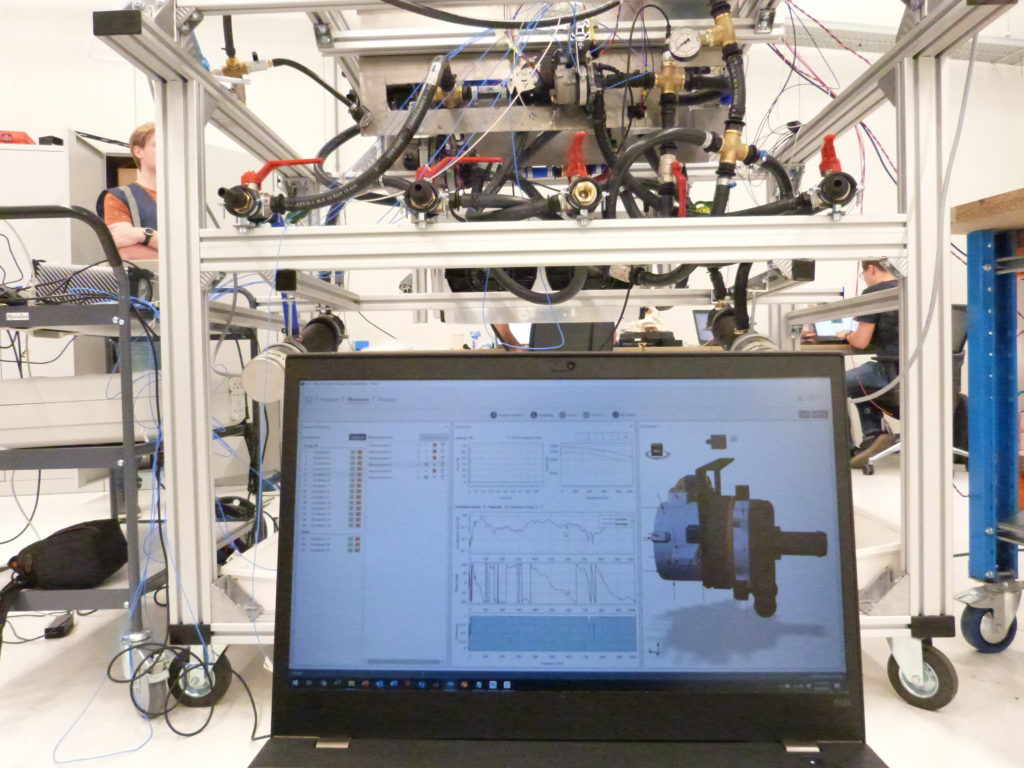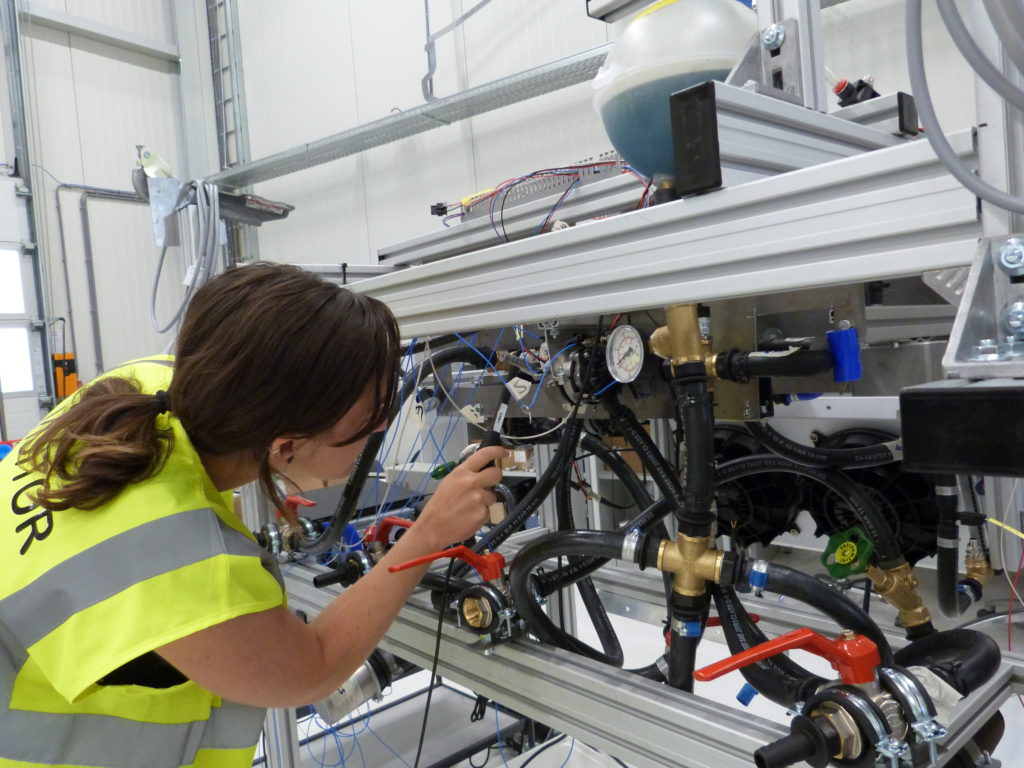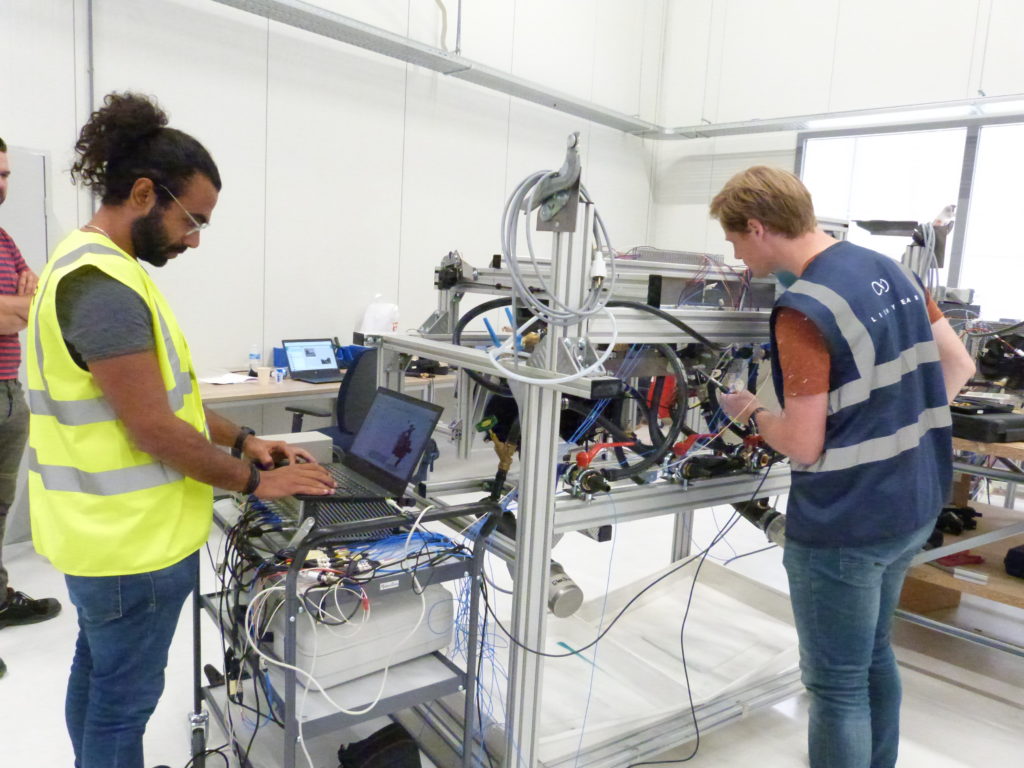VIBES & Lightyear
What happens when you combine a company developing revolutionary electric vehicles with a company that’s moving to revolutionize the world of NVH testing and analysis? You get the partnership of Lightyear and VIBES. This collaboration, enabled by support from the RVO / Provincie Zuid-Holland, helps Lightyear to develop vehicles with optimal NVH characteristics while VIBES develops relevant, validated software to perform the NVH analysis: SOURCE.
The first vehicle being designed by Lightyear, the Lightyear One, puts efficiency above all else; lightweight design, solar roof and hood, low aerodynamic drag, and in-wheel motors are some of the noteworthy features of this new electric vehicle. But with innovative design choices come potential NVH challenges. At VIBES, we believe in first-time right solutions, and partnering with Lightyear gives us the perfect opportunity to showcase how our tools and methodology enable early insight into the NVH characteristics of vehicles. Specifically, through the development of SOURCE, we can help Lightyear understand the different contributors to the sound and vibration inside the Lightyear One from a very early stage in development.
And this is something we have already gotten started on. While there will be several potential noise and vibration sources, we wanted to start with something simple to demonstrate the complete process of testing and analysis needed for source characterization. Thus, in the first round of testing, we focused on source characterization of a coolant pump using blocked forces. These tests involved impact testing in DIRAC to get frequency response functions, as well as running a variety of different operational conditions and measuring accelerometer responses. These tests provided a good proving ground for the alpha version of SOURCE.
After loading all the data into SOURCE, and with only a few bug fixes, we were able to calculate the blocked forces of the pump for all of the operational conditions. In this way, we were able to not only validate the blocked forces of the pump, but also to validate the functionality and usability of SOURCE. Now that we’ve determined the blocked forces from this component, we’re ready to gather some more data to feed into SOURCE and also to take on some of the more complicated components, like the in-wheel motors. We expect that as soon as we’re able to do some NVH testing of a complete prototype of the Lightyear One, Lightyear will truly be lightyears ahead of other automotive companies in their understanding of the NVH characteristics of the vehicle at this phase of development because of the implementation of the VIBES methodology and SOURCE.



